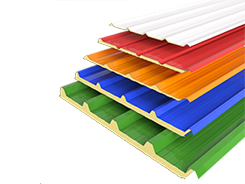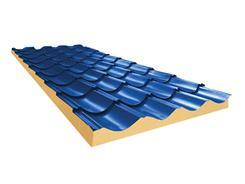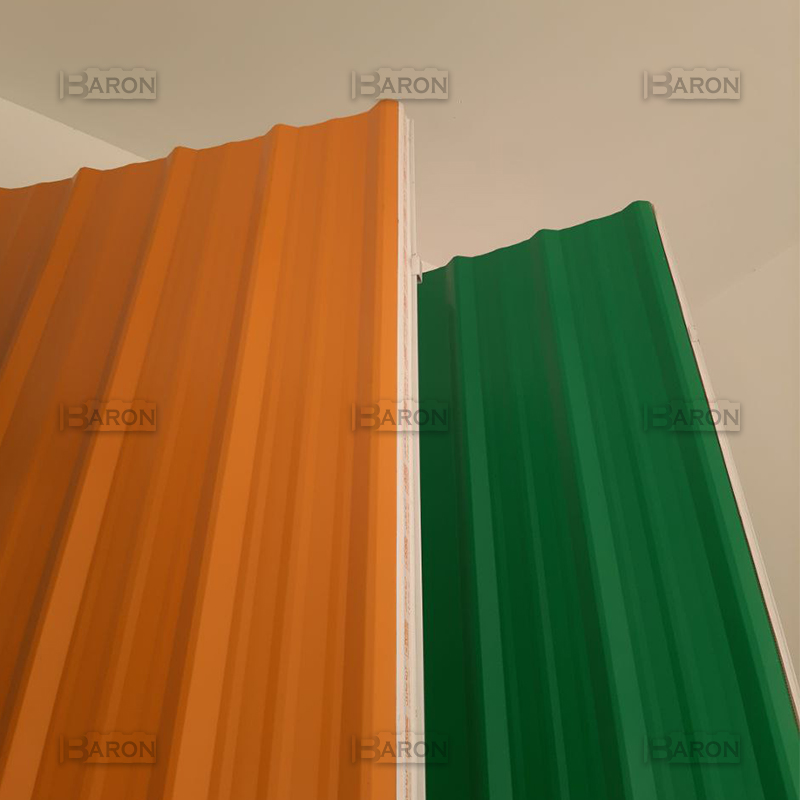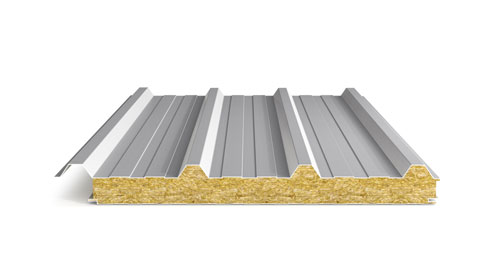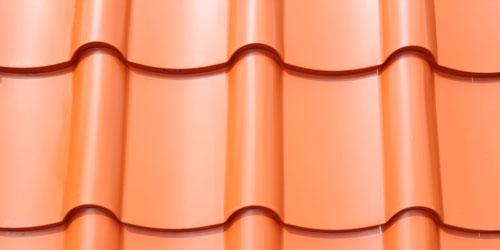Kinds of ceiling panels are generally divided into two categories:
Shadow Line panels sandwich
Asbestos ceiling shingle design panel sandwich
The selection of the most appropriate ceiling sandwich panel is influenced by the thickness of the sandwich panel sheets, the number of layers, and the material used in its construction. The process of fabricating sandwich panels involves the selection of a smooth or serrated bottom sheet and a trapezoidal upper sheet with a predetermined number of steps. It is feasible to implement a variety of ceiling sandwich panels, which are primarily designed to insulate the structure, in a variety of structures and for a variety of purposes. The most appropriate ceiling sandwich panel for each structure is determined by the structure’s intended use, climatic conditions, the weight that the ceiling must support, and the significance of the structure’s insulation. Sandwich ceiling panels are manufactured in three and five-step phases.
- 5-step ceiling
- 3-step ceiling
- Aluminum ceiling
- Galvanization ceiling
- Aluzinc ceiling
- And …
1- Shadow Line
There are numerous benefits to employing shadow Line sheets to fabricate sandwich panels. Shadow Line is one of the most visually appealing corrugated sheet designs. The cost of Shadow Line sheets is higher than that of galvanization shutter sheets. Consequently, the price of Shadow Line ceiling sandwich panels is higher than that of other varieties of ceiling sandwich panels. The utilization of these sandwich panels transforms the structures from their traditional state and imparts a more modern appearance to the buildings.
2- Hidden screw
Hidden screw panels are another kind of ceiling sandwich panels. The utilization of these panels enhances the structure look more beautiful since the screws used for the installation of the sandwich panel remain concealed, owing to the overlapping arrangement of the panels. The distinguishing factor of this particular sandwich panel, as compared to other ceiling panels, is in its edge form, usable width, and thickness. To install these ceiling panels, begin by fastening one panel onto the frame of the structure using screws. Then, position the next panel in a way that its overlap covers the screw of the preceding panel, thereby concealing the screws. This technique of manufacturing and installing ceiling sandwich panels not only enhances the aesthetic appeal of the building’s front but also enhances the durability and strength of the ceiling. The majority of concealed screw sandwich panels for ceilings are constructed using galvanized sheets, aluminum, and Aluzinc.


